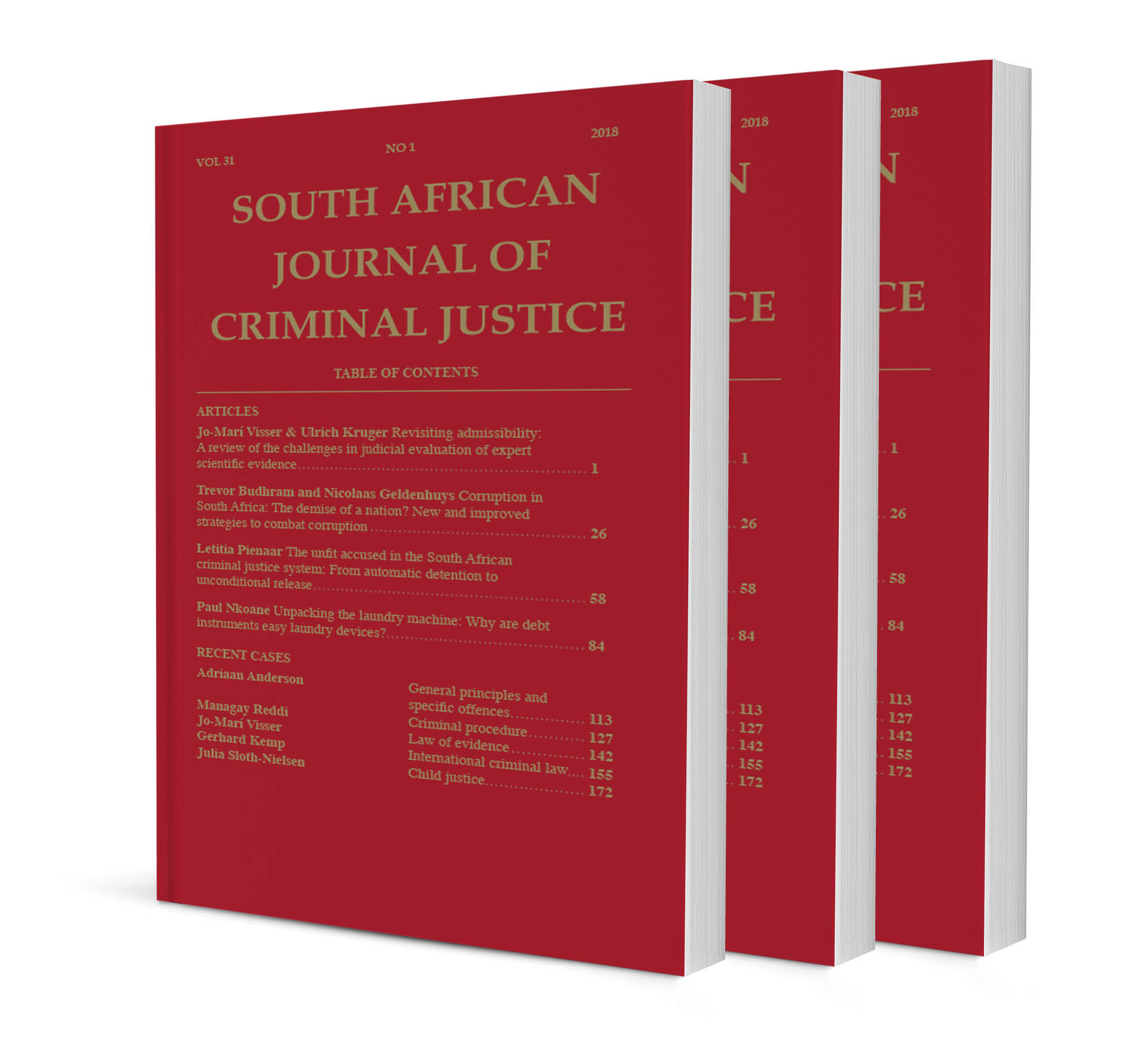Measuring progress and plugging gaps: Towards a child-friendly criminal justice system in Zimbabwe

Measuring progress and plugging gaps: Towards a child-friendly criminal justice system in Zimbabwe
Author: Admark Moyo
ISSN: 1996-2118
Affiliations: LLB (UFH) LLM PhD (UCT); Senior Lecturer, Department of Private Law, Stellenbosch University
Source: South African Journal of Criminal Justice, Volume 36 Issue 3, p. 379 – 405
https://doi.org/10.47348/SACJ/v36/i3a2
Abstract
This article takes stock of the progress made and challenges confronted by Zimbabwe in domesticating international child justice standards relating to general principles of children’s rights, the minimum age of criminal responsibility, and pre-trial detention. It demonstrates that the country has largely incorporated general principles of children’s rights and their implications for child justice norms, standards and practices at the domestic level. In addition, the article posits that the legislature should raise the minimum age of criminal responsibility to at least 14 years to harmonise domestic law with regional and international child law. In the context of pre-trial detention, it is argued that the constitutionalisation of the twin principles of detention as a measure of last resort and for the shortest appropriate period are designed to ensure that an alleged child offender is solely detained if there are no less restrictive means for securing the child’s attendance during trial proceedings. It is also shown that pre-diversion assessments of child offenders enable key players in the justice system to craft individualised, evidence-based interventions that respond to the treatment needs of each child offender. Finally, the article reiterates that the state should urgently enact the Child Justice Bill, allocate more resources, and build relevant infrastructure for pre-trial, child-friendly justice to become a reality.